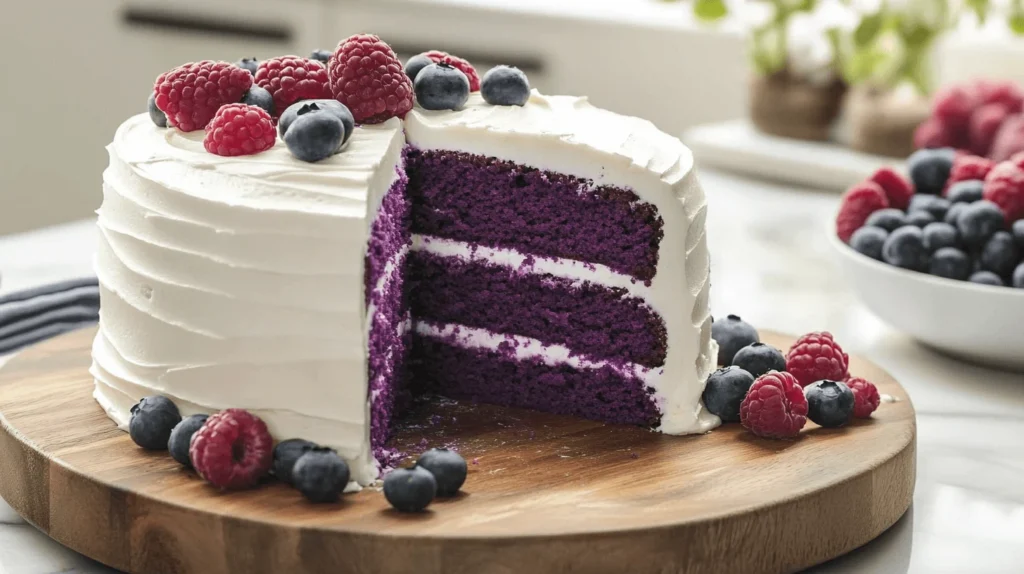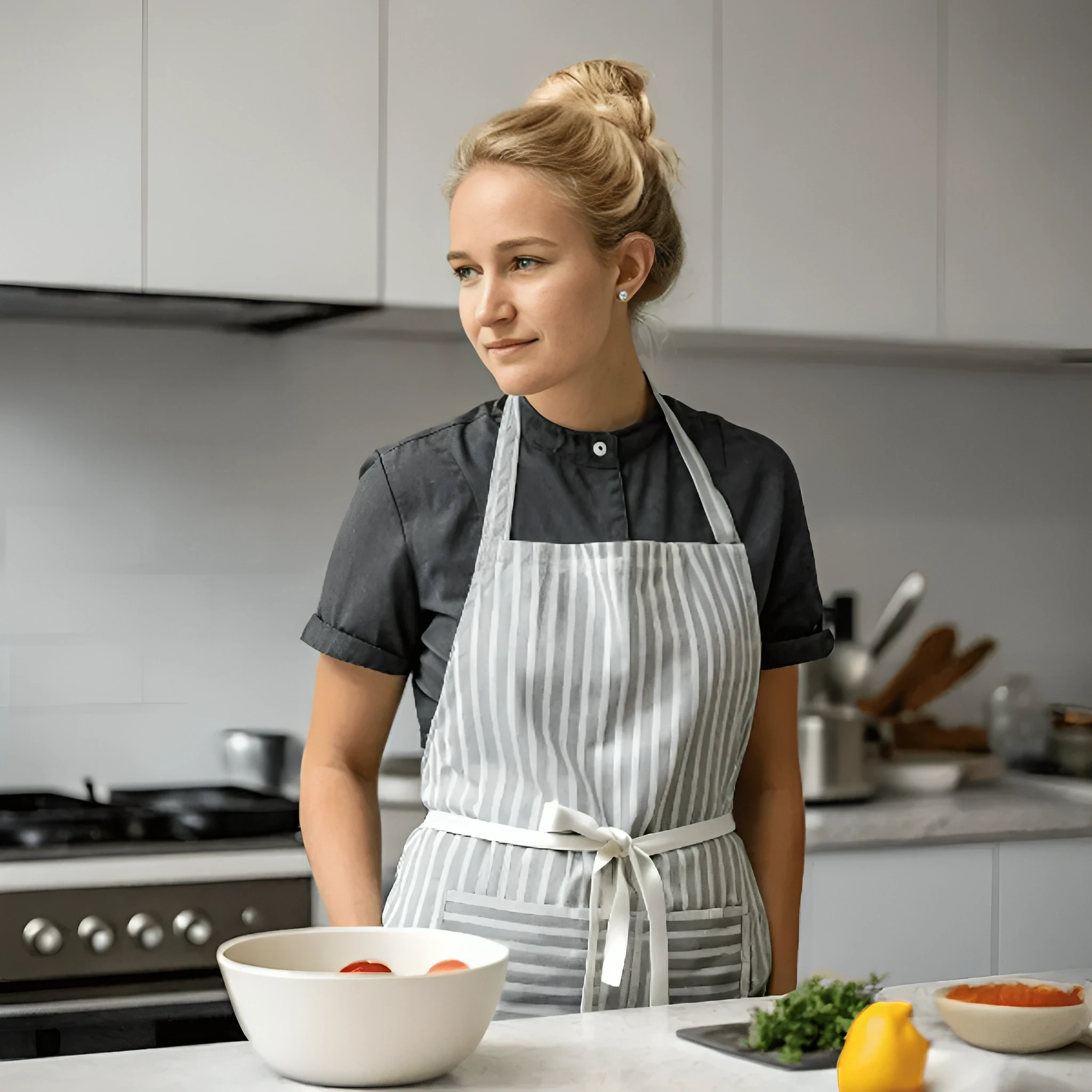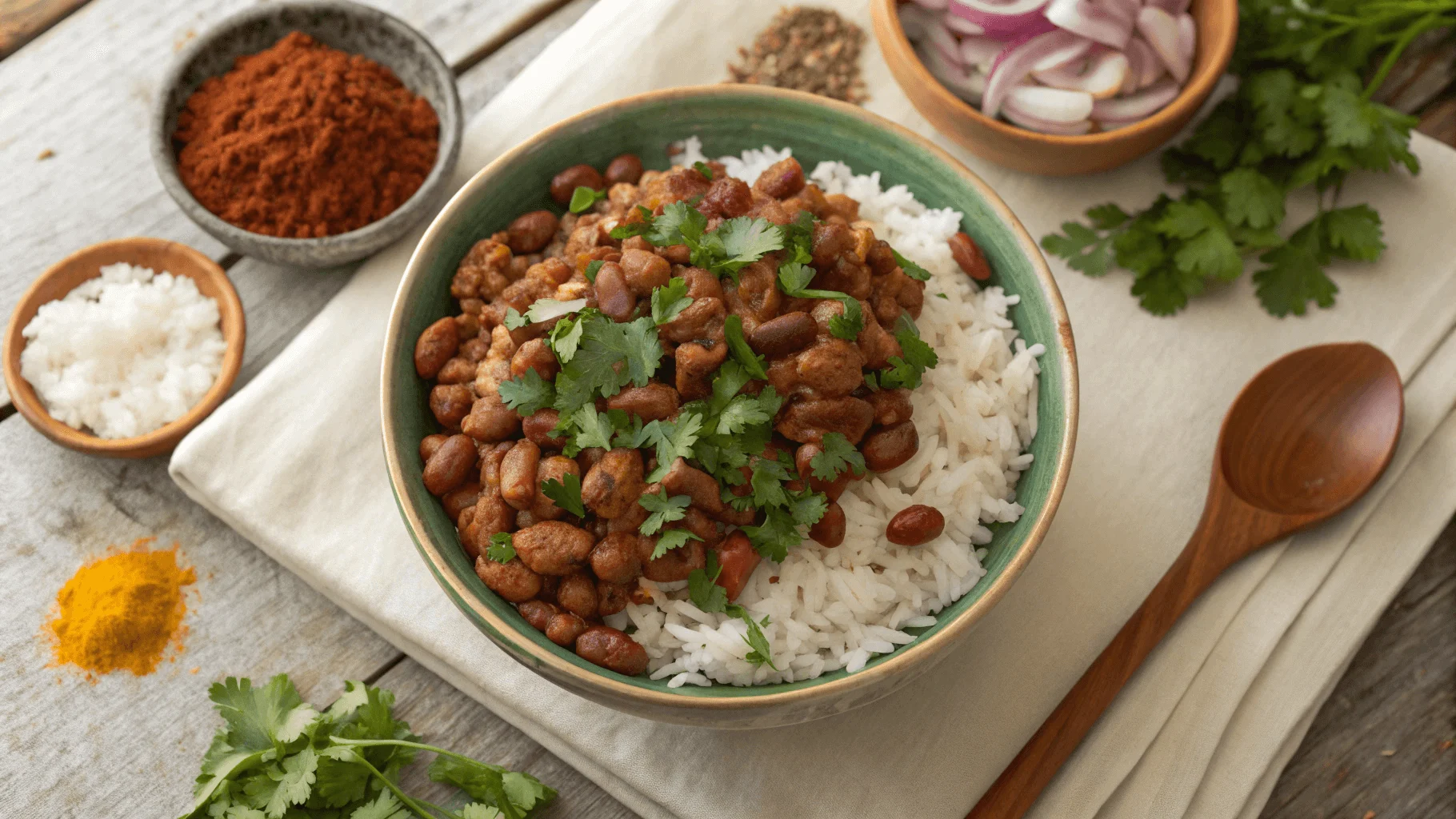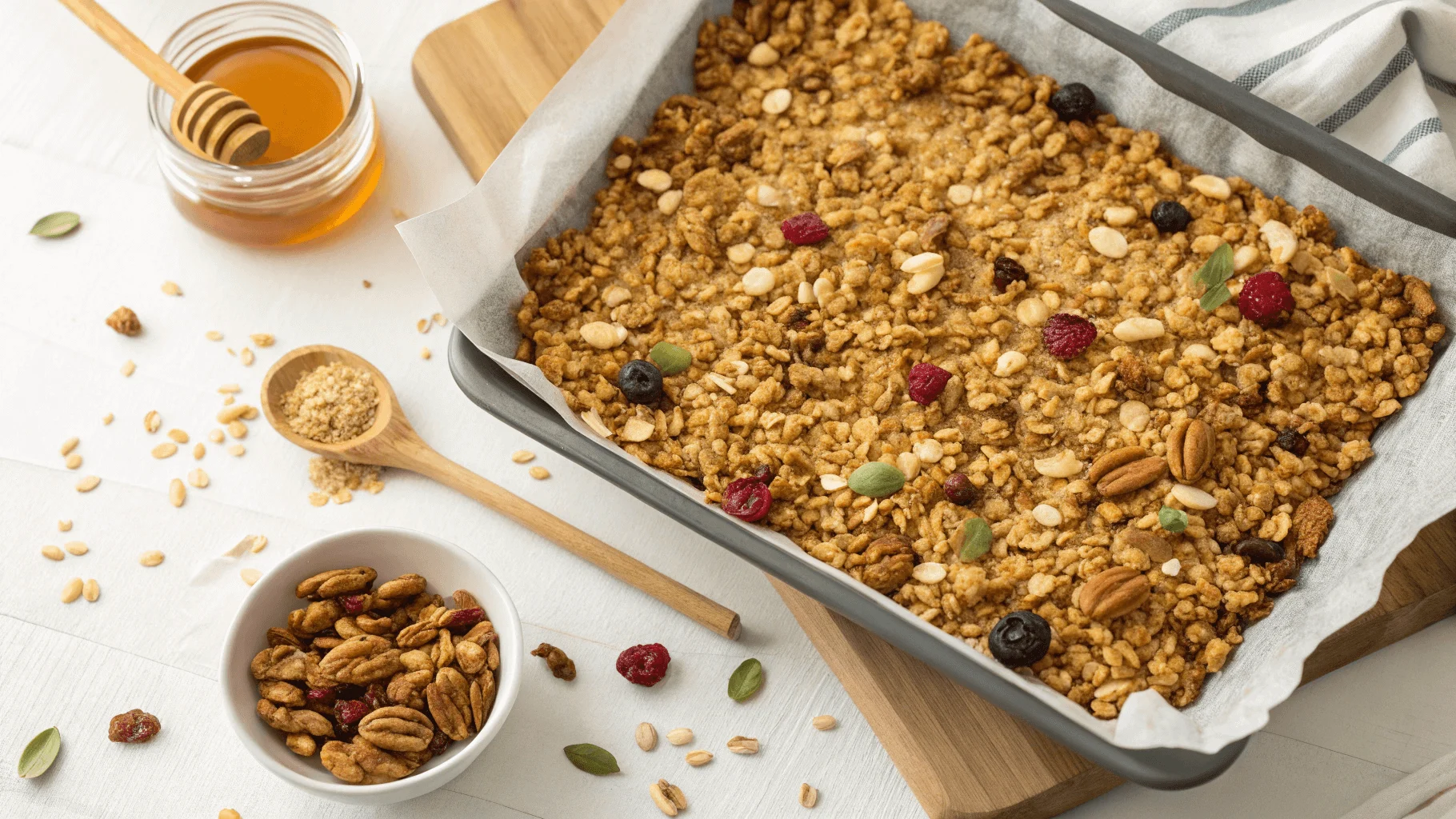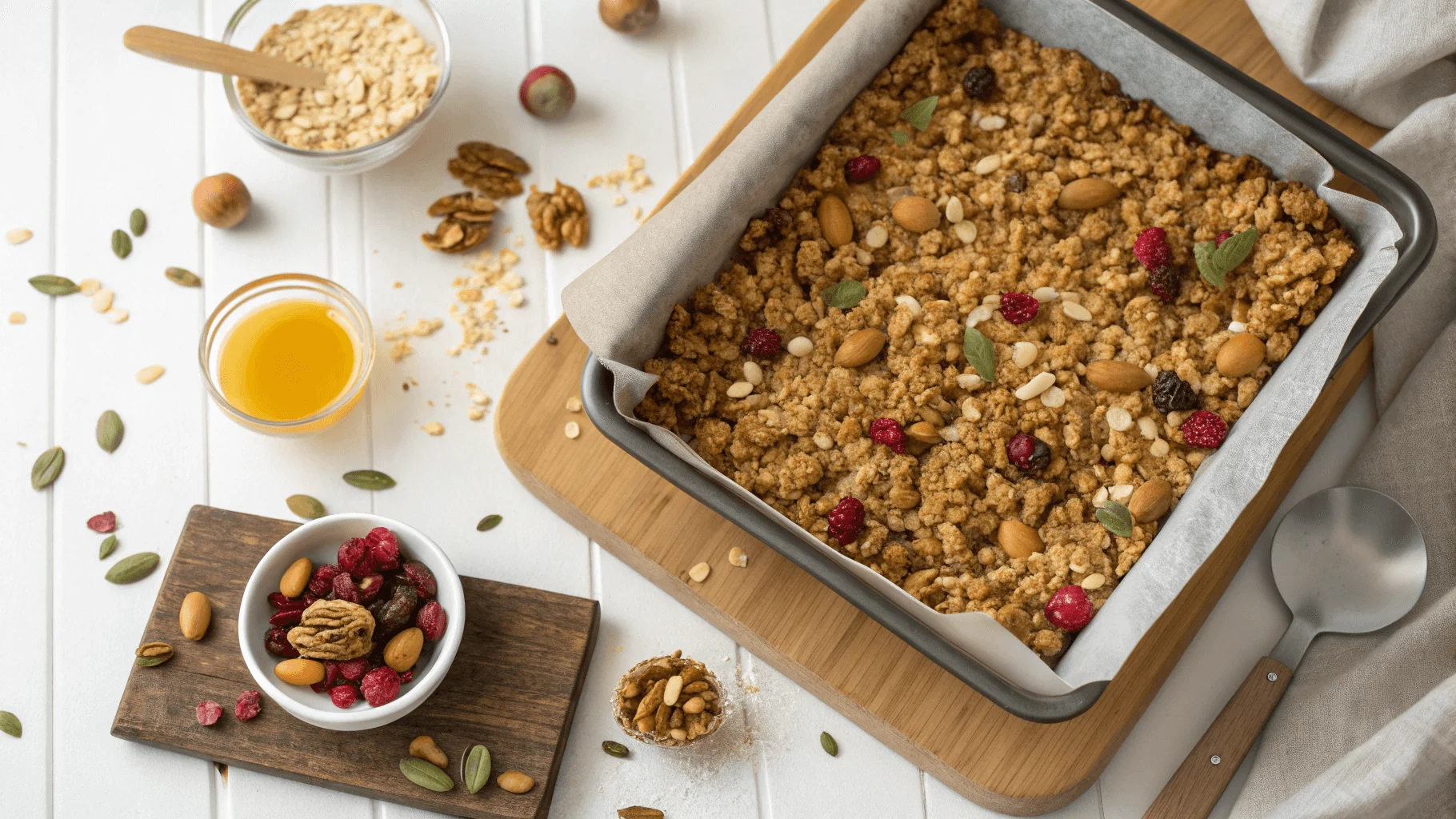Have you ever wondered why purple velvet cake is considered one of the most elegant and luxurious desserts in the baking world? This vibrant treat, with its rich flavor and striking color, has captivated taste buds for decades. Whether you’re hosting an extravagant party or simply want to indulge in something special, a purple velvet cake is sure to leave a lasting impression. In this article, we’ll dive deep into the art of crafting the perfect purple velvet cake recipe, exploring its history, ingredients, techniques, and much more.
Velvet cakes have been around since the 19th century, originally gaining popularity as “red velvet” due to their velvety texture and vivid hue. Over time, bakers began experimenting with different colors, leading to the creation of purple velvet cake—a dessert that combines the classic richness of red velvet with the regal elegance of purple. Today, it’s not just about aesthetics; purple velvet cake offers a unique blend of flavors and textures that make it a standout choice for any occasion.
For more inspiration on creative desserts, check out our guide on how to make egg white bites, a light and healthy alternative that pairs perfectly with your baking adventures.
Incorporating keywords like “purple velvet cake recipe,” “baking tips,” and “luxury dessert,” this article aims to provide comprehensive insights into making your own purple velvet masterpiece. From understanding the essential ingredients to mastering the baking process, we’ll cover everything you need to know.
Creating a perfect purple velvet cake requires a balance of precise measurements, quality ingredients, and creative flair. By following this guide, you’ll learn how to craft a delicious and visually stunning cake that will impress even the most discerning palates.
Understanding the Ingredients
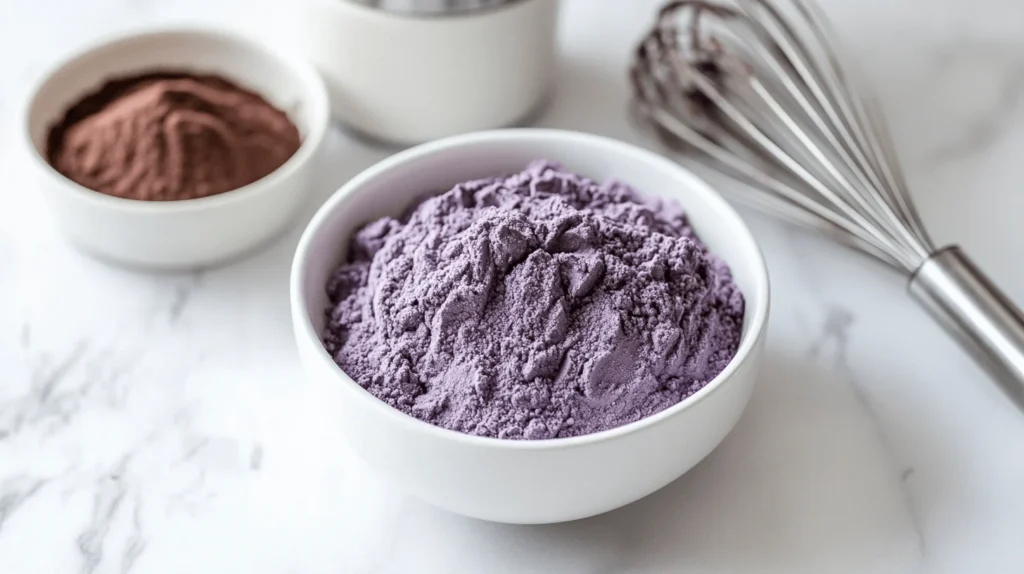
Key Components of a Purple Velvet Cake Recipe
At the heart of every great purple velvet cake lies a carefully curated list of ingredients. These elements work together harmoniously to create a cake that is both visually appealing and delectably flavorful. Let’s break down the main components:
The foundation of a successful purple velvet cake recipe starts with high-quality ingredients such as butter, sugar, eggs, flour, cocoa powder, buttermilk, vinegar, and food coloring.
If you’re looking for more advanced baking tips, explore our article on Fiesta Lime Chicken Recipe for insights into balancing flavors and textures in your creations.
Supporting Details
Each ingredient plays a crucial role in determining the final outcome of your cake. For instance:
- Butter: Adds richness and enhances the overall flavor profile.
- Sugar: Provides sweetness while also helping achieve a tender crumb structure.
- Eggs: Act as binding agents and contribute moisture and structure.
- Flour: Forms the base of the batter and gives the cake its form.
- Cocoa Powder: Imparts a subtle chocolatey undertone without overpowering other flavors.
- Buttermilk: Creates a moist and tender texture thanks to its acidity.
- Vinegar: Reacts with baking soda to create air bubbles, ensuring a light and fluffy cake.
- Food Coloring: Transforms the cake into its signature royal purple shade.
For a fun twist on traditional recipes, you might enjoy our Pickle Pie Pizza, which showcases how bold colors and flavors can create a unique dining experience.
Choosing the Right Cocoa Powder
When selecting cocoa powder for your purple velvet cake, opt for natural (non-alkalized) cocoa rather than Dutch-processed varieties. Natural cocoa reacts better with acidic ingredients like buttermilk and vinegar, resulting in a lighter texture and more pronounced flavor.
Selecting High-Quality Food Coloring
Achieving the perfect purple hue can be challenging, especially if you’re using natural dyes. However, synthetic gel-based food colorings are highly concentrated and allow for greater precision. Start with small amounts and gradually add more until you reach your desired shade. Remember, too much food coloring can affect the taste, so proceed cautiously.
Understanding these ingredients and their roles ensures that your cake turns out perfectly every time. Each component contributes to the texture, flavor, and appearance, making careful selection and measurement essential.
Now that we’ve covered the importance of selecting the right ingredients, let’s address some common challenges bakers face when attempting to make a purple velvet cake.
Common Challenges and Solutions

Overcoming Obstacles in Purple Velvet Cake Baking
Despite its allure, baking a purple velvet cake isn’t without its hurdles. Many novice bakers encounter issues ranging from uneven layers to overly dense textures. Here, we’ll explore these challenges and provide practical solutions.
While creating a purple velvet cake may seem straightforward, several factors can impact its success, including improper mixing techniques, incorrect oven temperatures, and excessive food coloring.
Supporting Details
Here are some common problems and how to resolve them:
- Uneven Layers: Uneven layers often result from poor distribution of batter across pans or inconsistent oven heat. To avoid this, use a kitchen scale to divide the batter evenly and rotate the pans halfway through baking.
- Dense Texture: A dense cake usually indicates overmixing or insufficient leavening agents. Mix the batter gently once all ingredients are combined, and ensure accurate measurements of baking soda and powder.
- Faded Color: If your purple hue fades during baking, try reducing the amount of liquid in the recipe slightly to preserve the intensity of the dye.
Addressing Overmixing
Overmixing incorporates excess air into the batter, which collapses during baking, leading to a dense cake. Use a spatula instead of an electric mixer for folding in dry ingredients to maintain a delicate crumb structure.
Managing Oven Temperatures
An unreliable oven thermostat can ruin even the best-prepared cake. Invest in an oven thermometer to verify the actual temperature inside your oven. Additionally, place the cake pans in the center rack to ensure even heating.
Although some critics argue that certain shortcuts, such as boxed mixes, yield similar results, homemade recipes offer unmatched control over flavor, texture, and presentation. With attention to detail and practice, anyone can master the art of baking a purple velvet cake.
By addressing these challenges head-on, you’re well on your way to baking a flawless purple velvet cake. Next, let’s explore how this versatile recipe can be adapted for different occasions and dietary needs.
Practical Applications and Variations
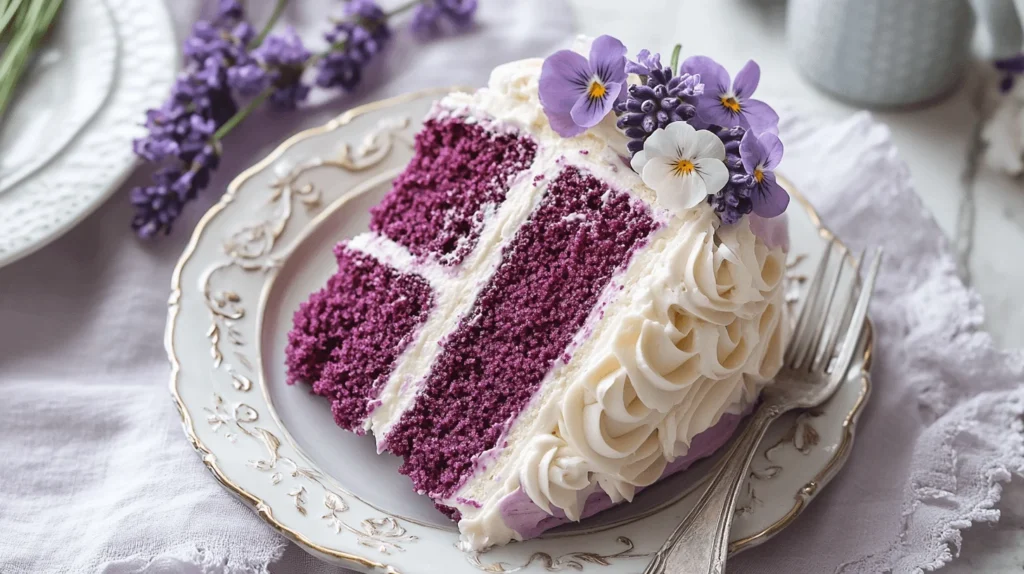
Adapting the Purple Velvet Cake Recipe for Every Occasion
One of the joys of baking is the ability to customize recipes to suit individual tastes and events. Whether you’re celebrating a birthday, hosting a wedding, or catering to gluten-free guests, there are countless ways to personalize your purple velvet cake.
From festive decorations to alternative flours, the possibilities for adapting a purple velvet cake recipe are endless, allowing bakers to tailor their creations to specific themes and dietary requirements.
Examples
Consider these examples of how to enhance your purple velvet cake:
- Add edible glitter or sparkling sugar for a magical touch at children’s parties.
- Pipe intricate designs with purple frosting for a sophisticated wedding centerpiece.
- Swap traditional flour with almond or coconut flour for a gluten-free option.
Customizing Decorations
Decorations play a vital role in elevating the visual appeal of your cake. Try pairing purple frosting with contrasting accents, such as gold leaf or white pearls, to create a striking contrast. Alternatively, incorporate seasonal motifs, like floral arrangements or holiday-themed patterns, to align with the event.
Exploring Future Innovations
As trends in baking continue to evolve, expect to see more innovative takes on purple velvet cake. Think plant-based alternatives, infused flavors like lavender or raspberry, and minimalist designs that emphasize simplicity and elegance.
With so many opportunities to innovate and personalize, the potential of purple velvet cake is truly limitless. Let’s recap what we’ve learned before wrapping up this guide.
Conclusion
Summary
In summary, crafting the perfect purple velvet cake involves understanding its core ingredients, addressing common baking challenges, and embracing customization options. By focusing on quality ingredients, proper technique, and creative flair, you can produce a cake that stands out in both taste and presentation.
Final Thought
What makes purple velvet cake so enchanting is its ability to combine tradition with modern innovation. As you embark on your baking journey, remember that practice makes perfect—so don’t shy away from experimentation!
Future Outlook
Looking ahead, the world of baking promises exciting developments, from sustainable practices to cutting-edge technology. Keep an eye on emerging trends to stay ahead of the curve and continue refining your skills.
FAQs
Q: Can I use natural food coloring for my purple velvet cake?
A: Yes, but achieving a vibrant purple might require combining blue and red hues. Be mindful of the quantity used, as natural dyes tend to be less intense than synthetic ones.
Q: How long does purple velvet cake last?
A: Properly stored in an airtight container at room temperature, purple velvet cake can last up to three days. For extended freshness, refrigerate or freeze it.
By following this comprehensive guide, you’ll be equipped to bake a purple velvet cake that delights everyone who tries it. Happy baking!
PrintPurple Velvet Cake Recipe
This decadent purple velvet cake is a showstopper with its vibrant hue, tender crumb, and creamy texture. Infused with subtle chocolate notes and topped with dreamy white buttercream frosting, it’s perfect for birthdays, weddings, or any special occasion. Its luxurious appearance and rich flavors make it an unforgettable dessert that’s worth every bit of effort.
- Prep Time: 30 minutes
- Cook Time: 25-30 minutes
- Total Time: 55-60 minutes
- Yield: One 9-inch double-layer cake
- Category: Dessert
- Cuisine: American
Ingredients
For the Cake:
- 2 ½ cups all-purpose flour
- 1 cup granulated sugar
- 1 cup brown sugar
- ¾ cup unsweetened cocoa powder (natural, not Dutch-processed)
- 2 teaspoons baking soda
- 1 teaspoon salt
- 1 cup buttermilk, at room temperature
- ½ cup vegetable oil
- 2 large eggs, at room temperature
- 2 teaspoons vanilla extract
- 1 tablespoon white vinegar
- Gel food coloring (purple or a mix of blue and red)
For the Frosting:
- 1 cup unsalted butter, softened
- 4 cups powdered sugar, sifted
- 1 teaspoon vanilla extract
- ¼ cup heavy cream
- Pinch of salt
Optional Decorations:
- Fresh berries (raspberries, blueberries)
- Edible glitter or sprinkles
- Fresh flowers (e.g., violets or lavender)
Instructions
Step 1: Preheat Oven and Prepare Pans
- Preheat your oven to 350°F (175°C). Grease and flour two 9-inch round cake pans or line them with parchment paper.
Step 2: Mix Dry Ingredients
- In a large mixing bowl, whisk together the flour, granulated sugar, brown sugar, cocoa powder, baking soda, and salt until well combined.
Step 3: Combine Wet Ingredients
- Add the buttermilk, vegetable oil, eggs, and vanilla extract to the dry ingredients. Beat on medium speed for about 2 minutes until smooth.
Step 4: Add Vinegar and Food Coloring
- Stir in the white vinegar, which will react with the cocoa powder to create a light texture. Gradually add gel food coloring, starting with a few drops and adjusting until you achieve your desired shade of purple.
Step 5: Bake the Cake Layers
- Divide the batter evenly between the prepared pans. Smooth the tops with a spatula. Bake for 25-30 minutes, or until a toothpick inserted into the center comes out clean. Cool completely before frosting.
Step 6: Make the Frosting
- In a separate bowl, beat the softened butter until creamy. Gradually add the powdered sugar, alternating with heavy cream and vanilla extract. Beat until light and fluffy, adding a pinch of salt to balance sweetness.
Step 7: Assemble the Cake
- Place one layer of cake on a serving plate. Spread a generous amount of frosting over the top. Add the second layer and frost the entire cake. Decorate with fresh berries, edible glitter, or flowers as desired.
Notes
- Substitutions: For a gluten-free option, use certified gluten-free flour. To make this recipe vegan, replace eggs with flaxseed “eggs” and use plant-based butter in the frosting.
- Storage Tips: Store leftovers in an airtight container at room temperature for up to 3 days or refrigerate for extended freshness. Freeze unfrosted layers for up to 3 months.
- Serving Suggestions: Pair slices with a scoop of vanilla ice cream or a drizzle of raspberry sauce for added indulgence.
Nutrition
- Serving Size: 8-10 servings
- Calories: 400 kcal
- Sugar: 40g
- Fat: 18g
- Carbohydrates: 55g
- Protein: 4g

